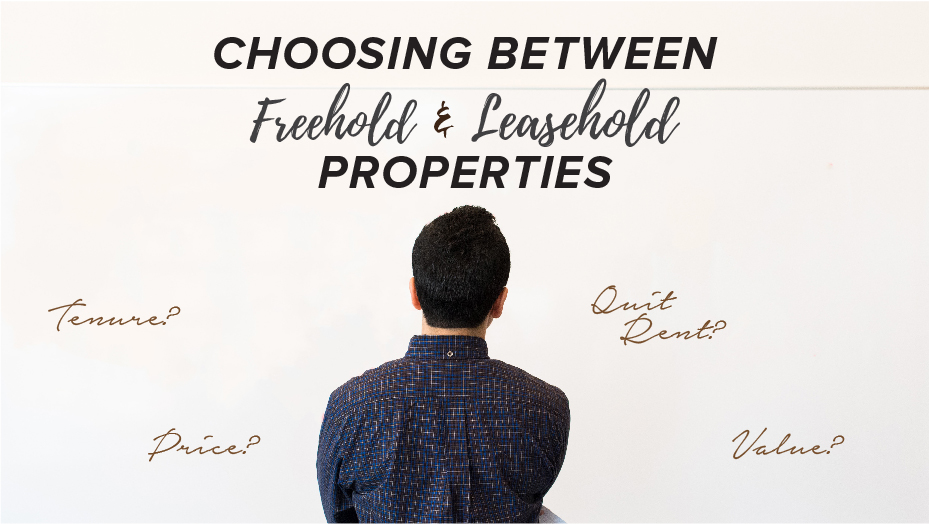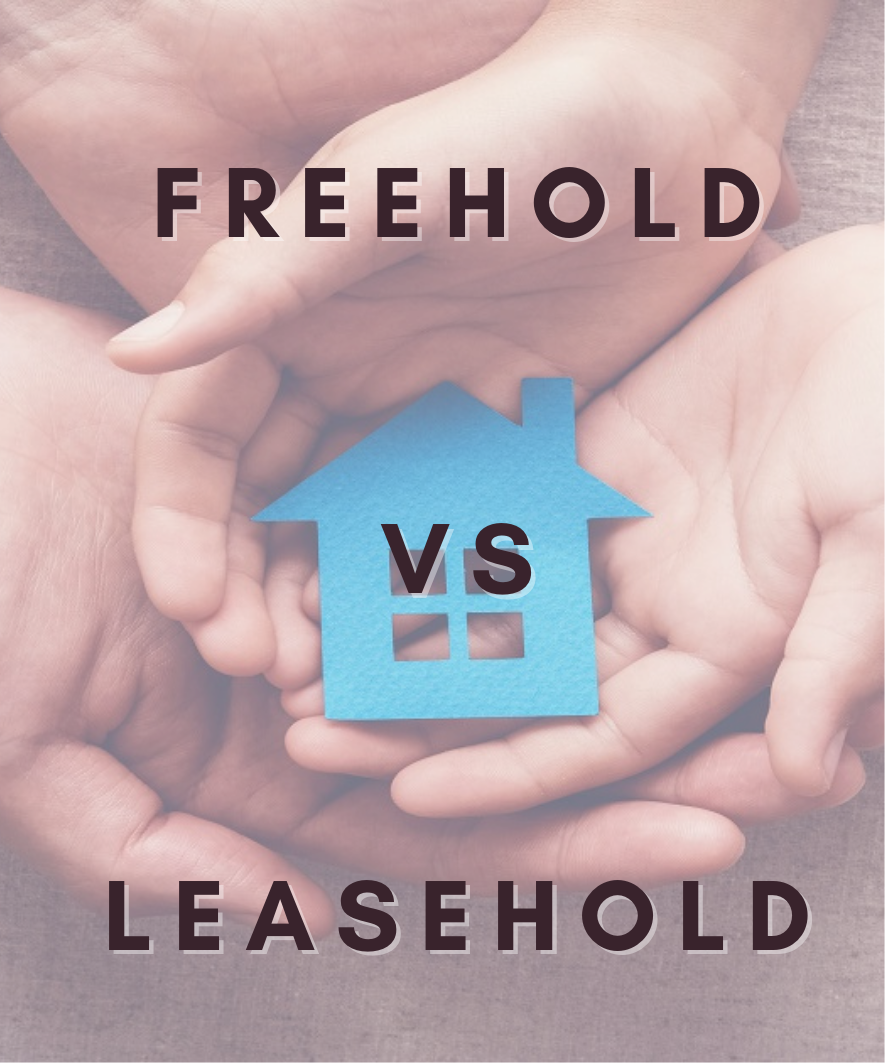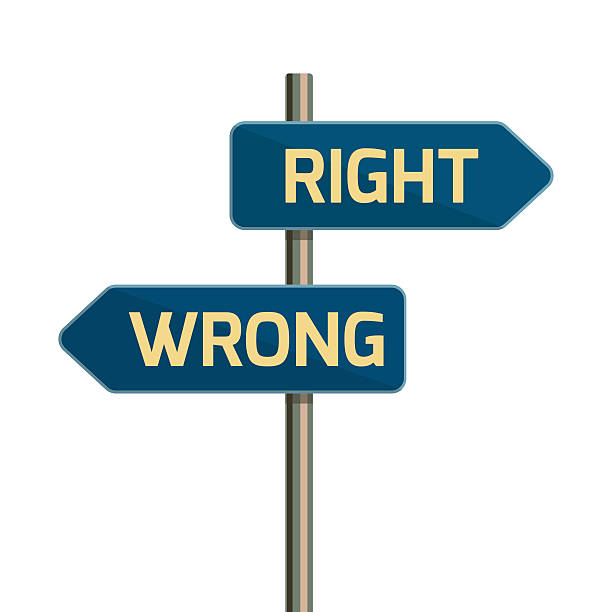
The Dilemma of Freehold versus Leasehold Property
Choosing between freehold and leasehold properties
A house is easily one of the biggest investments during our lifetime. Purchasing a house is also a lifelong commitment to building a home. After all, a home is where we shelter our loved ones and raise a family. Buying a new home is also akin to finding an ideal mate or a perfect companion. Despite a bleak economic outlook amidst the sluggish & stagnating real estate market as a result of the prolonged pandemic, properties are still widely perceived as the ideal hedge against inflation. Moreover, with such excessive knowledge and overload of information available, making sense of the property market can be rather daunting and even downright confusing at times. One of the basic issues faced by future homeowners is whether to opt for a freehold or a leasehold property. The following are major differences and relevant justifications between freehold and leasehold, and how they affect property buying decisions.

Freehold versus leasehold property
First and foremost, when the state government sets aside a plot of land and disposes it indefinitely to an individual or a corporation, that land is designated as freehold. For real estate developers, freehold land is ideal for building bungalows, private residences and luxury condominiums. Since developers own the land, whatever property that is built upon it facilitates the transfer of ownership or land title to potential buyers. This ownership title is known as ‘Master Title’. Unlike bungalows and terraced houses, for condominiums or other high-rise residences, the buyer owns a stake or share in the condo unit but the developer still owns the land itself – the land ownership in question is called ‘Strata Title’. Freehold land certainly has its own unique benefits and advantages. Homeowners have more flexibility when it comes to transferring their land title to others. If no development takes place on a freehold land, the state government cannot claim the land from the owner. Freehold properties often undergo stable growth or development provided the properties themselves are properly maintained. Should there be any redevelopment of old freehold properties by developers, the respective and rightful land owners will be duly compensated.
Leasehold properties on the other hand provide specific land tenures of anywhere between 30 to 50; and 99 to 999 years. Such tenures are also accompanied by various restrictions legally bound by the do’s and the don’ts indicated in the lease agreement. But if the state government deems the tenant unfit, the security of the tenure may be compromised, and the lease in question forfeited (i.e. declared null & void) due to land inactivity or property non-performance. And if you plan to get a leasehold property, you might also notice that these properties usually offer more facilities or features from developers, and priced way less compared to a freehold property. As developers tend to value competition in the property market, buyers are compensated with additional features for their leaseholds.

Making the right property choice
Choosing between a leasehold property and a freehold property ultimately boils down to market pricing and housing cost. Taking into account the various factors that affect consumer options, financial budget of home buyers usually takes precedence. Although leasehold properties are often associated with lower standard properties, the disparity in property price in metropolitan Kuala Lumpur is less evident compared to the suburbs of Mont Kiara or TTDI. For the budget-conscious, there are always second-hand homes for the picking. The average landed homes around Taman Tun Dr. Ismail, Kuala Lumpur are usually more up-market prices. Considering the current property market slowdown, most properties are inevitably pricey due in part to their exclusive location, easy accessibility and exquisite amenities. A typical double-storey freehold unit in Rawang, Selangor would probably be 3 quarters or less than the mid-city rates – an absolute bargain anywhere in Malaysia.

Abundant opportunities everywhere
On the contrary, leasehold properties are aplenty and affordably priced. The mass appeal of such properties is probably due to their strategic location and simple accessibility. Mature neighbourhoods such as Bandar Utama and Kota Damansara offer numerous leasehold units for existing residential as well as commercial developments. Commercial hotspots and key business areas such as Metropolitan Square in Damansara Perdana, and Pesiaran Surian in Mutiara Damansara are prospective economic zones. In addition, attractive amenities within walking distance from iconic shopping malls such as The Curve, Ikano Power Centre, IKEA and Empire Damansara are simply irresistible. Commuting between Kuala Lumpur and Petaling Jaya is also a breeze with major expressways, i.e. LDP and Penchala Link connecting the two cities.
It is also noteworthy that free in coveted locations are limited in quantity. With all things (or variables) being equal, the choice is pretty obvious – freehold property is the best bet for long term investment. Of course, land tenure should not be the sole determinant and decisive factor in any property purchase or real estate transaction. For first-time homebuyers though, property pricing and home financing must take priority above all else. Affordable housing is undoubtedly the primary or key consideration for many first-home buyers. Last but not least, acquiring a housing loan which offers competitive rates is also a fundamental component of homeownership in securing your own dream home.







